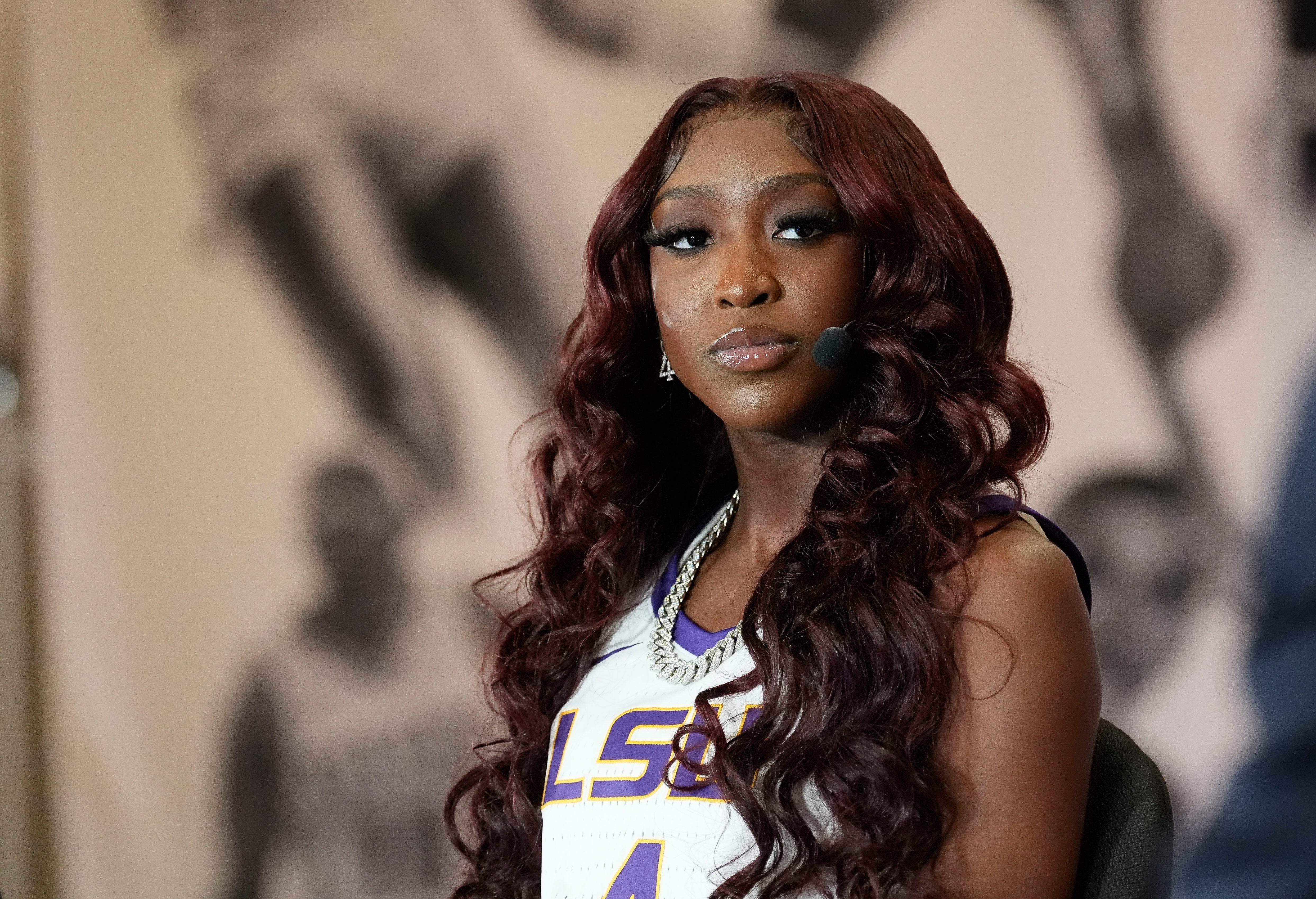
Since its inception in 1969, the Naismith Trophy has served as a symbol of excellence and achievement in college basketball. Named in honor of the sport's founding father, Dr. James Naismith, the trophy represents more than just individual talent—it embodies the values of dedication, sportsmanship, and perseverance. Over the years, the Naismith Trophy has become synonymous with greatness, with each recipient joining an illustrious lineage of basketball legends.
College basketball is a sport deeply entrenched in American culture, captivating audiences nationwide with its intense rivalries, thrilling buzzer-beaters, and outstanding displays of athleticism. Within this dynamic landscape, one accolade stands out as the pinnacle of individual achievement: the Naismith Trophy. Named after Dr. James Naismith, the inventor of basketball, this prestigious award is presented annually to the most outstanding men's and women's college basketball players in the nation. In this blog, we delve into the significance of the Naismith Trophy, exploring its rich history, the criteria for selection, and the impact it has on the careers of recipients.
Selection Criteria and Process
The process of selecting the Naismith Trophy winner is rigorous and comprehensive, ensuring that only the most deserving candidates receive this esteemed honor. A panel of experts, comprising coaches, media members, and former players, meticulously evaluates the performances of collegiate basketball players throughout the season. Statistical achievements, such as points scored, rebounds, assists, and field goal percentages, are considered, providing quantitative insights into a player's impact on the court. However, the selection process goes beyond mere numbers, considering intangible qualities such as leadership, character, and the ability to elevate teammates. Ultimately, the Naismith Trophy winner exemplifies excellence in all facets of the game, demonstrating unparalleled skill, passion, and dedication.
Impact and Legacy of Winning the Naismith Trophy
For college basketball players, winning the Naismith Trophy is a career-defining moment, marking their place in the annals of basketball history. It validates their hard work, sacrifice, and unwavering commitment to excellence. Beyond individual recognition, the Naismith Trophy elevates a player's profile, garnering national attention and opening doors to professional opportunities. Many past recipients have achieved success at the highest level, enjoying illustrious careers in the NBA and international basketball leagues. Moreover, winning the Naismith Trophy is a source of pride for players' respective schools, showcasing their program's ability to develop and nurture top-tier talent.
Recent winners such as Obi Toppin from Dayton, who claimed the trophy in 2020, Luka Garza from Iowa in 2021, Oscar Tshiebwe from Kentucky in 2022, and Zach Edey from Purdue in 2023, epitomize the transformative power of this prestigious award. Toppin's electrifying dunks and versatility on the court captured the attention of basketball fans nationwide, propelling him to become one of the most sought-after prospects in the NBA draft. Garza's dominant performances for the Hawkeyes solidified his status as one of the most skilled big men in college basketball. At the same time, Tshiebwe's relentless energy and tenacity on the court showcased his potential to excel at the next level.
FAQ's On Naismith Trophy
A. The Naismith Trophy is awarded annually to the top men's and women's college basketball players in the United States.
A. The Naismith Trophy is named after Dr. James Naismith, the inventor of basketball.
A. The Naismith Trophy has been awarded since 1969, making it one of the oldest accolades in college basketball.
A. The selection process considers a player's on-court performance, statistical achievements, leadership, and overall impact on their team.









